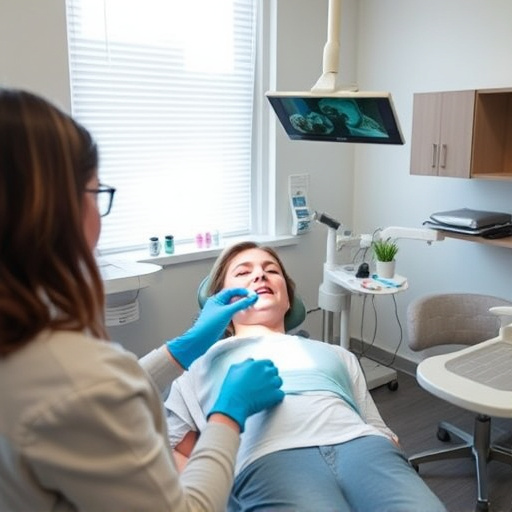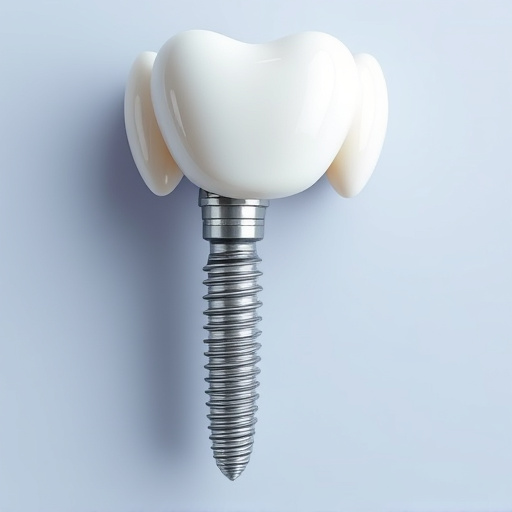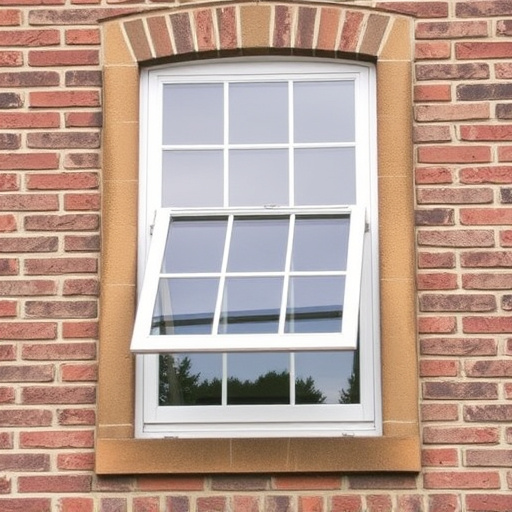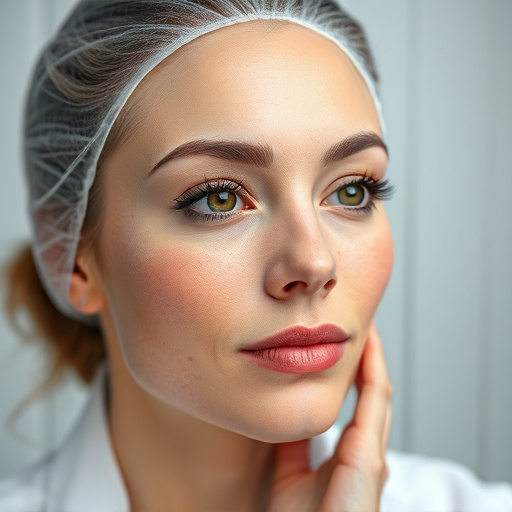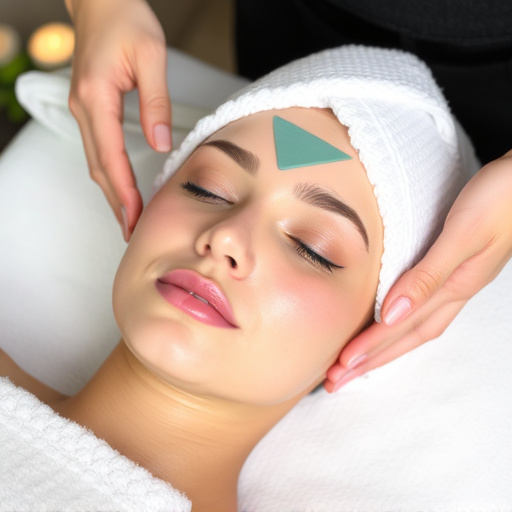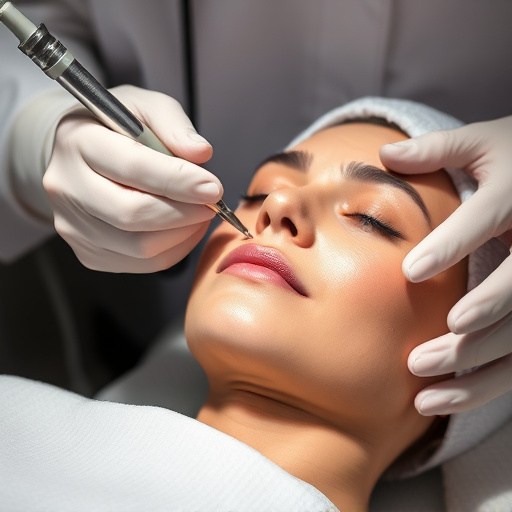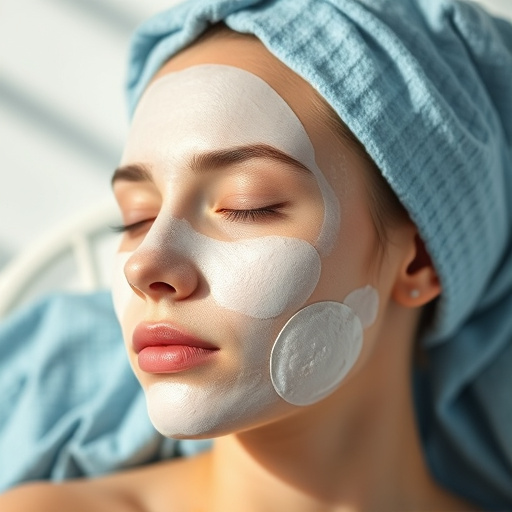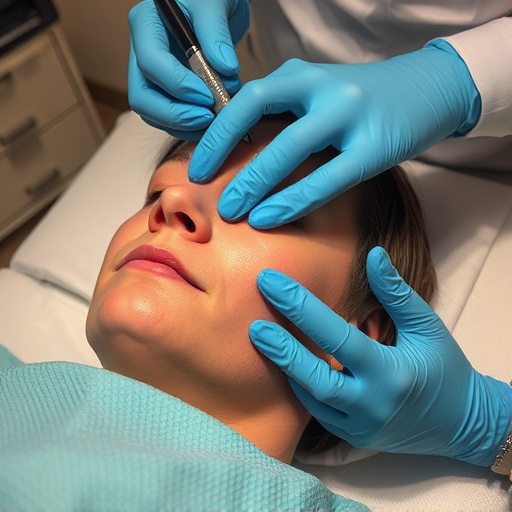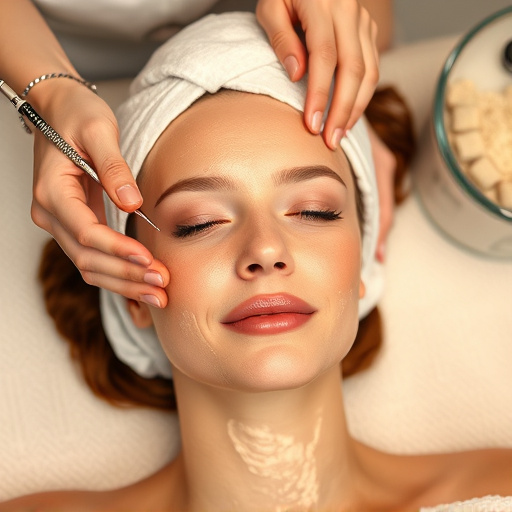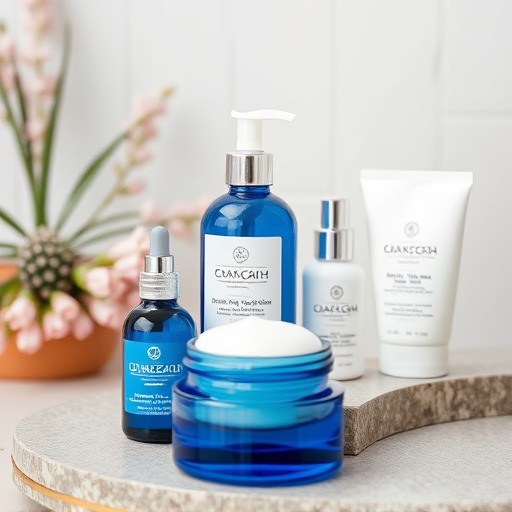Chest hair growth is hormonally driven, involving growth, resting, and fallout phases. Removal methods range from shaving to laser treatments, with natural solutions including topical creams and customized facials. At-home depilatory creams require safety precautions, while microdermabrasion and hydrating facials offer long-term chest hair management through improved skin texture and hydration, combined with exercise and diet. "Chest hair removal" is the key focus.
Tired of feeling self-conscious about chest hair? This guide offers DIY chest hair removal tips backed by science. We’ll explore the science behind chest hair growth, delving into various removal methods from topical creams and oils to at-home depilatories. Learn essential safety precautions and discover natural approaches for significant chest hair reduction. Achieve a smooth, confident look with these effective DIY chest hair removal solutions.
- Understanding Chest Hair Growth and Options for Removal
- Topical Creams and Oils: Natural Approaches to Chest Hair Reduction
- At-Home Depilatory Methods: Safety Precautions and Tips for Effective Results
Understanding Chest Hair Growth and Options for Removal
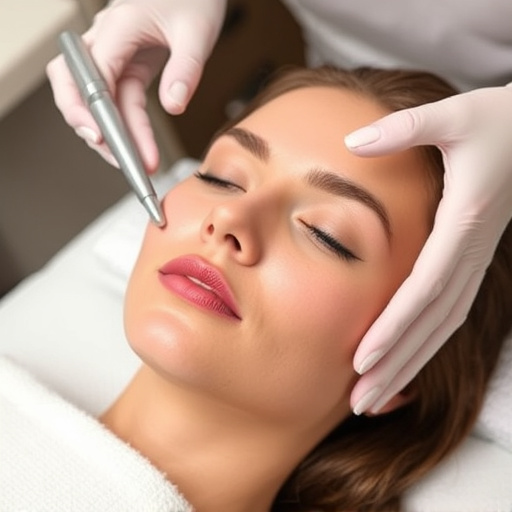
Chest hair growth is a natural process that varies from person to person. Understanding your body’s unique pattern and cycle is the first step in effective chest hair removal. Hormones play a significant role in stimulating hair growth, with testosterone being the primary driver. As such, chest hair tends to be more prominent in males due to higher levels of this hormone. The growth phase, anagen, lasts for several years, followed by a resting phase called catagen and then telogen when the hair falls out naturally.
There are numerous options available for managing or removing chest hair, each with its own set of advantages and considerations. Common methods include shaving, waxing, threading, laser treatments, and medical spa services like chemical peels or microdermabrasion. For those seeking long-term solutions, medical spa services such as facial treatments designed to target hair follicles can be effective in reducing hair regrowth. Alternatively, at-home remedies and natural products might offer some relief, but their effectiveness may vary.
Topical Creams and Oils: Natural Approaches to Chest Hair Reduction
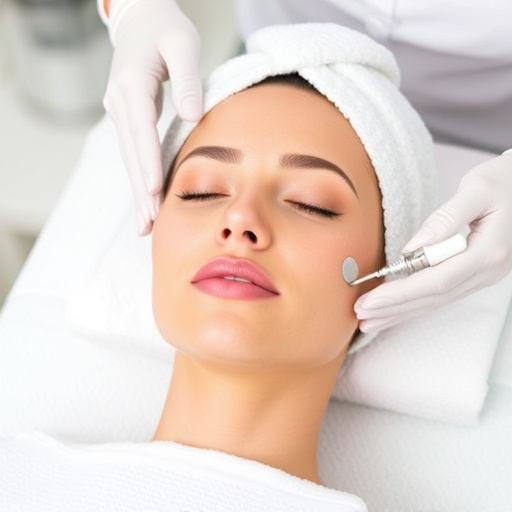
Topical creams and oils offer a natural approach to chest hair reduction, an alternative to more invasive methods. These products work by blocking the hair growth cycle or slowing it down, making hair removal easier and less painful. Many contain ingredients like shea butter, coconut oil, or aloe vera, which not only soften the hair but also moisturize the skin, preventing dryness often associated with hair removal treatments.
Some creams target specific concerns like skin brightening and pore refinement, leaving your chest feeling smooth and looking radiant. Customized facials can also address individual needs, providing a tailored solution for managing chest hair growth. These natural methods are not only effective but also gentle on the skin, making them ideal for those seeking a long-term, hair-reducing strategy without harsh chemicals or frequent salon visits.
At-Home Depilatory Methods: Safety Precautions and Tips for Effective Results
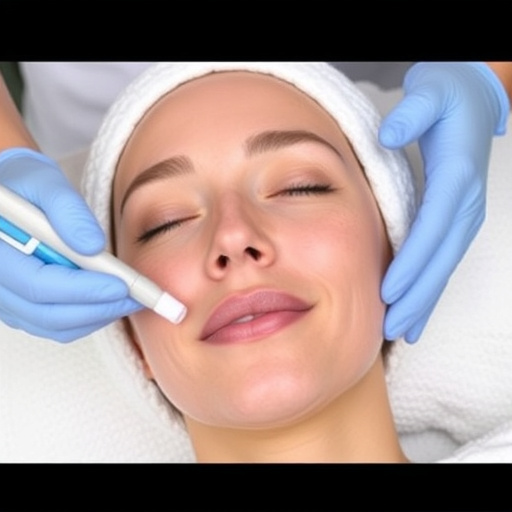
When attempting chest hair removal at home, safety should always be your top priority. Opting for over-the-counter depilatory creams is a popular choice and can provide effective results when used correctly. Follow the product instructions meticulously, as different chemicals may require varying application times and methods to prevent skin irritation or damage. Test the cream on a small area first to ensure it doesn’t cause any adverse reactions.
For those seeking longer-lasting solutions, consider microdermabrasion or hydrating facials alongside chest hair removal techniques. Microdermabrasion helps exfoliate the skin, improving its texture and absorption of subsequent treatments. Similarly, facial hydration keeps the skin nourished, enhancing its ability to heal and reduce post-depilatory redness or flaking. Combining these at-home practices with regular exercise and a balanced diet can contribute to achieving and maintaining an aesthetically pleasing chest area through effective chest hair removal.
When it comes to DIY chest hair removal, understanding your body’s natural growth patterns and employing safe, effective techniques are key. From topical creams and oils to at-home depilatory methods, there are numerous natural approaches to reduce chest hair. Remember that consistency and patience are essential for achieving the best results. By following these tips, you can navigate the process of chest hair removal with confidence, choosing methods that work best for your body and lifestyle.
